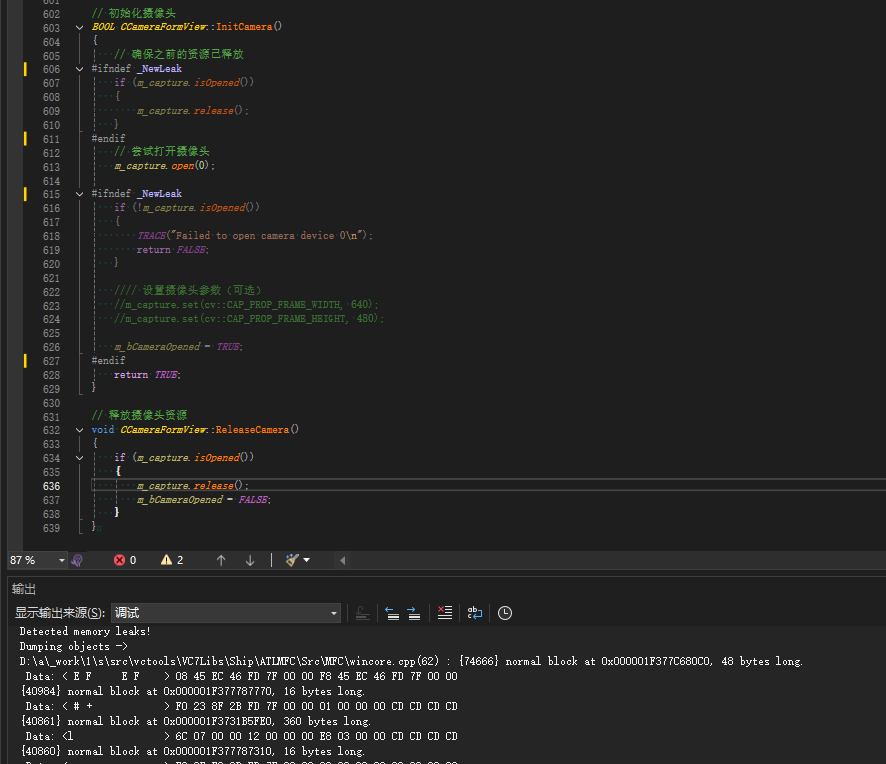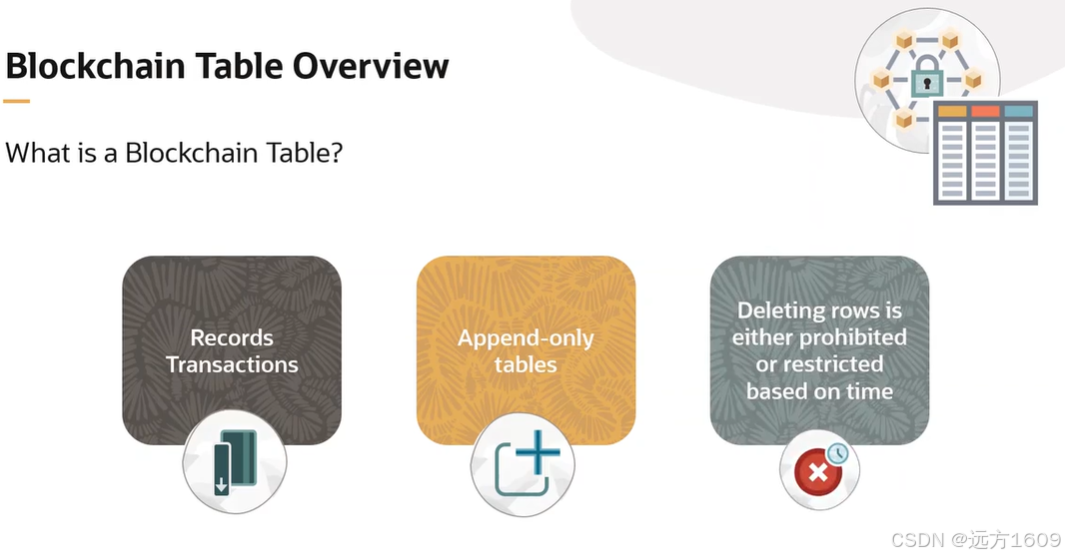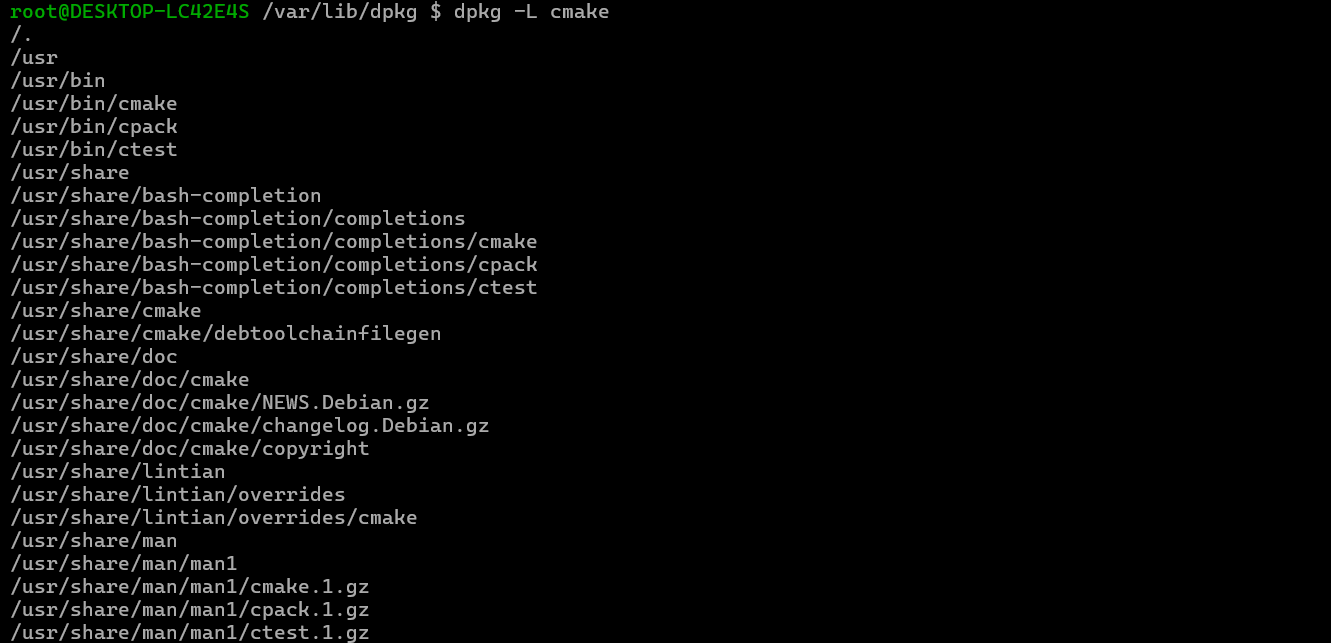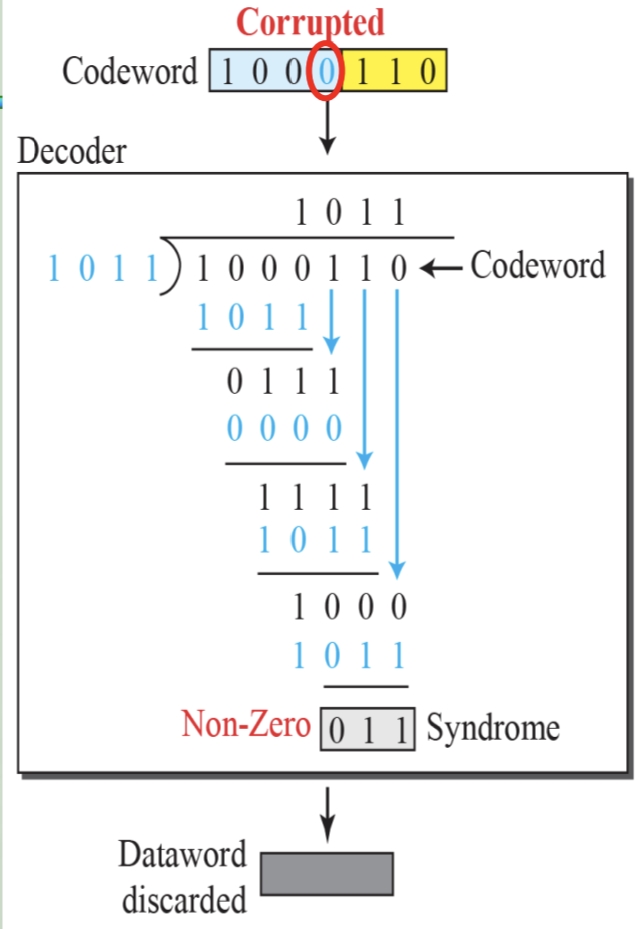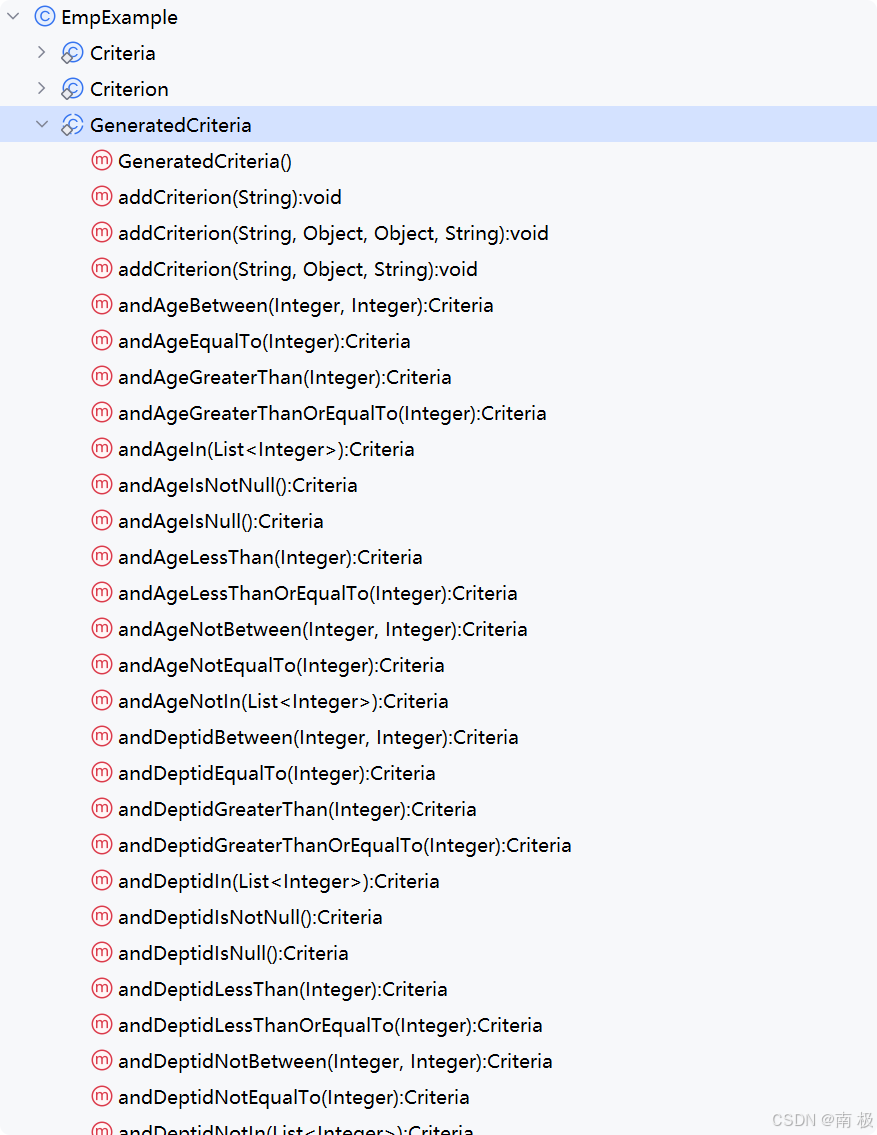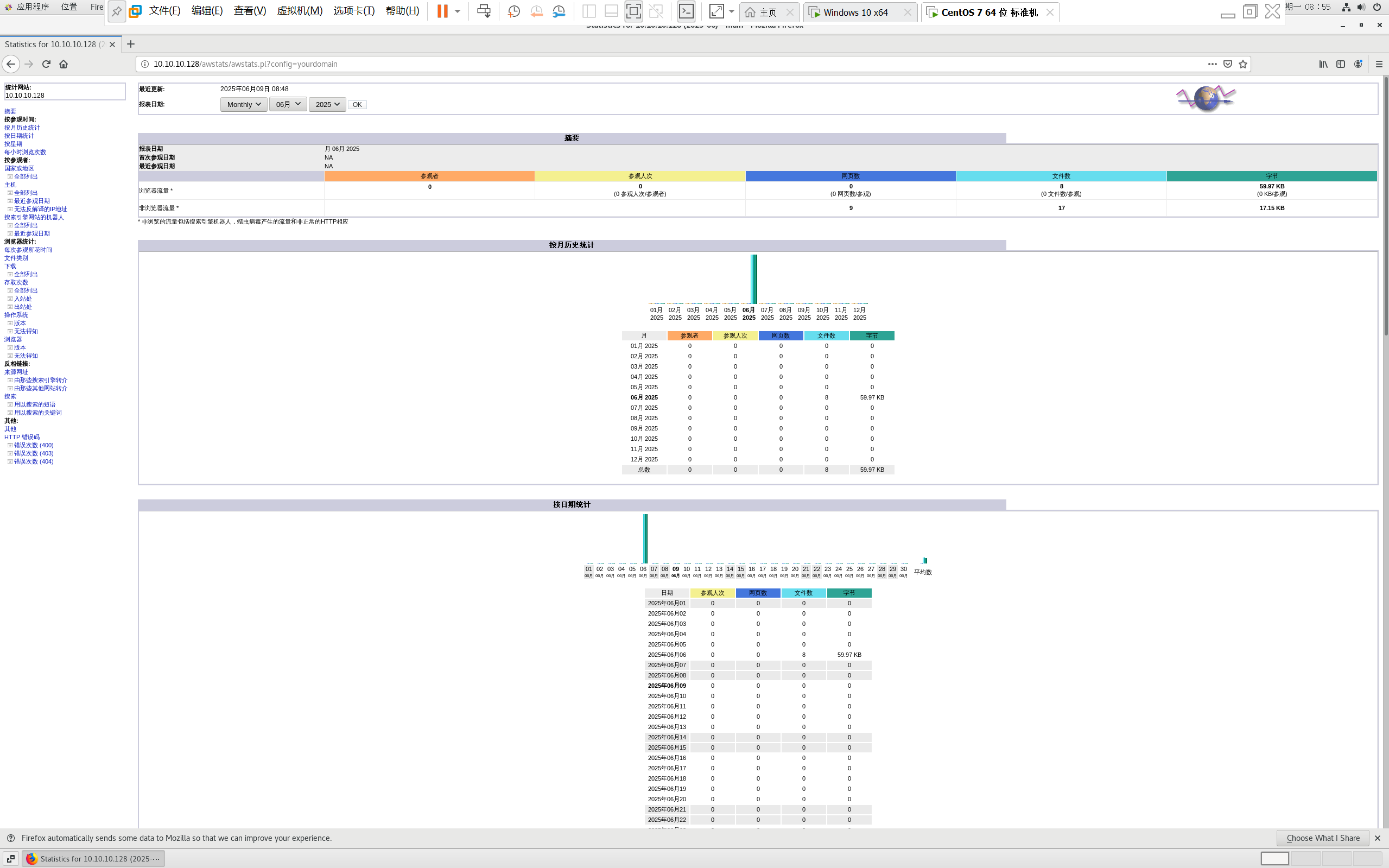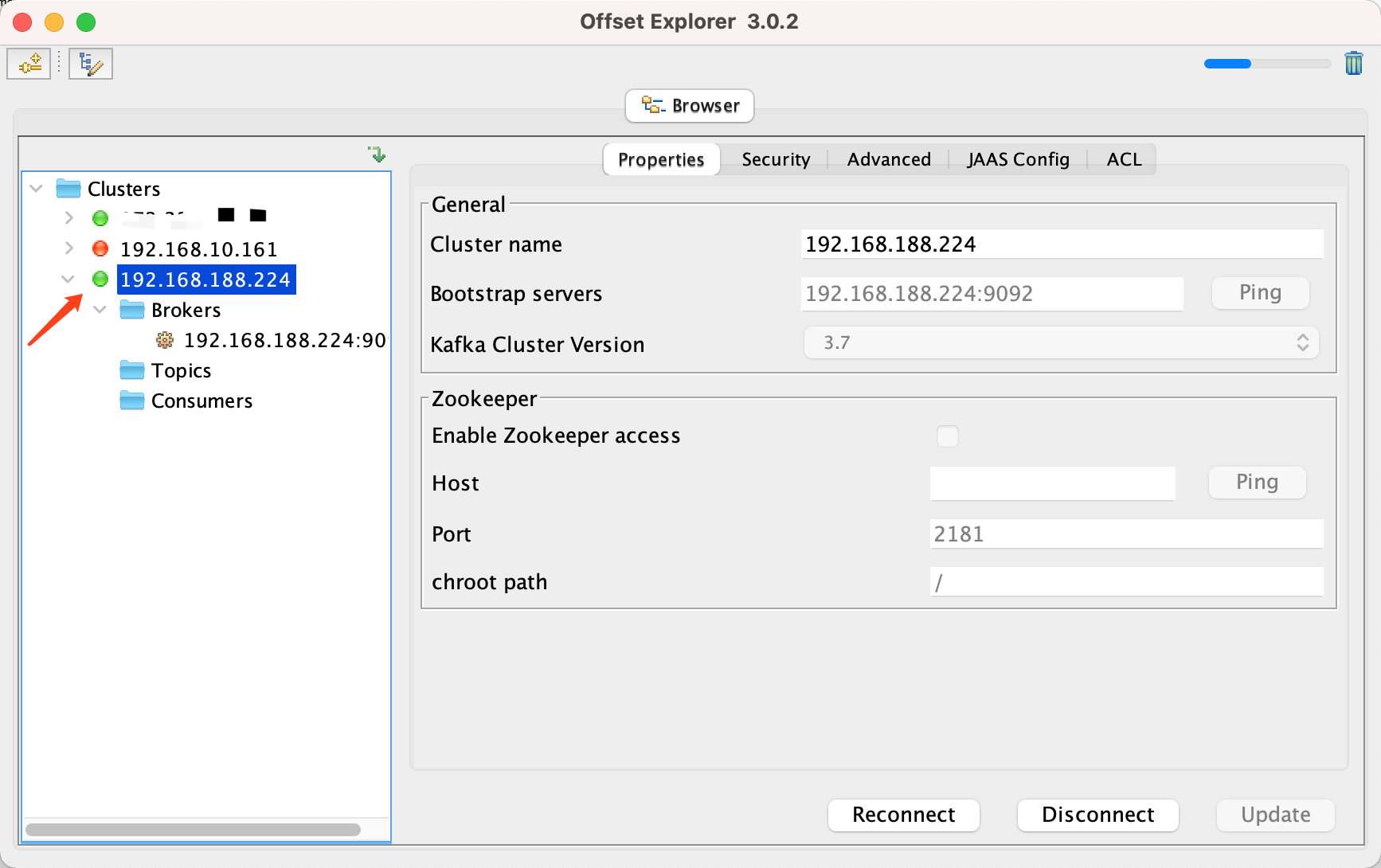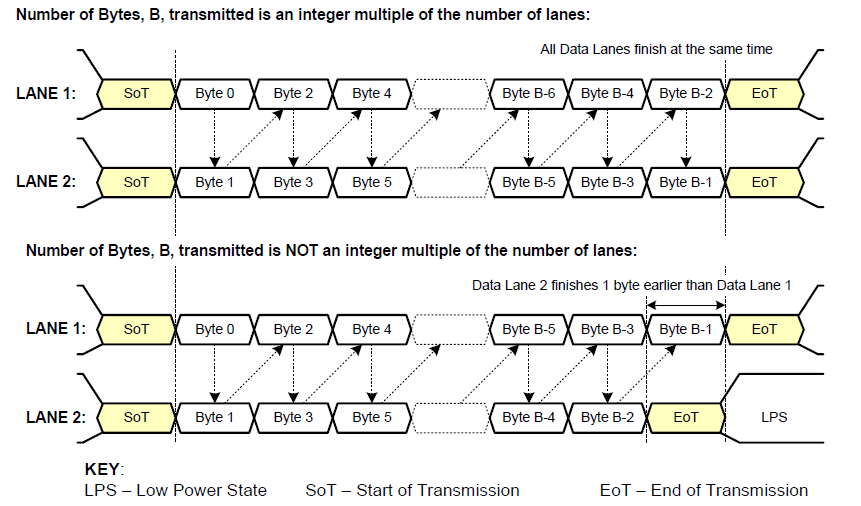在 HarmonyOS 应用开发中,手势交互是连接用户与设备的核心纽带。ArkTS 框架提供了丰富的手势处理能力,既支持点击、长按、拖拽等基础单一手势的精细控制,也能通过多种绑定策略解决父子组件的手势竞争问题。本文将结合官方开发文档,从单一手势特性、绑定方法原理到实战场景,为开发者构建完整的手势开发知识体系。
一、七大核心单一手势的深度解析
(一)基础交互:点击与长按手势
- 点击手势(TapGesture)
-
- 通过
count参数支持单 / 双击(如count: 2),fingers可定义多指触发(如三指点击)。 - 案例:双击切换文本状态
- 通过
typescript
@Component
export struct antion {
@State isDouble: boolean = false
build() {
Column() {
Text(this.isDouble ? '双击触发' : '单击触发')
.gesture(
TapGesture({ count: 2 }) //count: 点击次数
.onAction(() => {
this.isDouble = true
}),
)
}
}
}- 长按手势(LongPressGesture)
-
repeat参数控制是否持续触发(如文件多选场景),duration可缩短至 300ms 提升灵敏度。- 案例:长按渐变背景色
typescript
@Component
export struct antion {
@State color: string = '#000000';
build() {
Column() {
Column()
.width(100)
.height(100)
.backgroundColor(this.color)
.gesture(
LongPressGesture({ repeat: true })
.onAction(() => this.color = `#${Math.random().toString(16).slice(2, 8)}`)
)
}
}(二)空间交互:拖动、捏合与旋转
- 拖动手势(PanGesture)
-
direction限定滑动方向(如Horizontal横向拖动),deltaX/deltaY实时获取偏移量。- 冲突处理:在
List组件中使用时,通过distance: 10vp增大触发阈值避免误触。 - 案例:可拖拽文本“张三”
@Component
export struct antion {
@State name: string = '张三'
@State offsetX: number = 0
@State offsetY: number = 0
build() {
Column() {
Text(this.name)
.translate({ x: this.offsetX, y: this.offsetY })
.gesture(
PanGesture()
.onActionUpdate((event?: GestureEvent) => {
if (event) {
this.offsetX = event.offsetX
this.offsetY = event.offsetY
}
})
)
}
}
}
- 捏合手势(PinchGesture)
-
- 基于双指间距变化计算
scale值,适用于图片缩放(需结合Image组件的scaleMode)。 - 案例:双指缩放图片
- 基于双指间距变化计算
typescript
@Component
export struct antion {
@State scale1: number = 1.0
build() {
Column() {
Image($r('app.media.background'))
.scale({ x: this.scale1, y: this.scale1 })
.gesture(
PinchGesture({fingers:2}) // fingers:number几只手指
.onActionUpdate((event: GestureEvent) => {
if (event.scale > 0 && event.scale < 2) {
this.scale1 = event.scale
}
})
// .onActionEnd(()=>{ })
)
}
}
}- 旋转手势(RotationGesture)
-
- 通过
deltaAngle获取实时旋转角度增量,配合rotate修饰符实现组件旋转。 - 优化点:添加角度吸附(如
Math.round(event.deltaAngle / 45) * 45)提升交互精度。
- 通过
@Component
export struct antion {
@State name: string = '张三'
@State imgAngle: number = 0
@State preangle: number = 0
build() {
Column() {
Text(this.name)
.fontSize(30)
.rotate({ angle: this.imgAngle })
.gesture(
RotationGesture({fingers: 2})
.onActionStart(() => {
this.preangle = this.imgAngle
})
.onActionUpdate((event?: GestureEvent) => {
if (event) {
this.imgAngle = this.preangle + event.angle
}
})
)
}
}
}
(三)快捷交互:滑动手势
SwipeGesture依赖滑动速度(默认 > 100vp/s)和方向识别,可组合多个方向(如Left | Right)。
- 案例:滑动修改名字
typescript
@Component
export struct antion {
@State name:string ='张三'
build() {
Column() {
Text(this.name)
.gesture(
SwipeGesture({ direction: SwipeDirection.Vertical})
.onAction(() => {
this.name = '李四'
})
)
.width(100)
.height(100)
.backgroundColor(Color.Gray)
}
}
}二、手势绑定策略:从竞争到协同的三级控制
(一)基础绑定:.gesture()的独立响应模式
- 特性:子组件手势默认优先级高于父组件,适用于独立控件(如按钮、输入框)。
- 多手势共存:同一组件可同时绑定点击和长按,通过事件类型区分响应。
typescript
@Component
export struct antion {
@State name: string = '手势'
build() {
Column() {
Text(this.name)
Button('复合手势')
.gesture(GestureGroup(GestureMode.Exclusive,
TapGesture().onAction(() => {
this.name = '点击'
}),
LongPressGesture().onAction(() => {
this.name = '长按'
})
)
)
}
}
}
(二)优先级控制:.priorityGesture()的强制覆盖
- 核心场景:父容器需要拦截子组件手势(如模态弹窗屏蔽底层操作)。
- GestureMask 参数:
-
IgnoreInternal:完全忽略子组件手势(如全局侧滑菜单)。Normal:仅提升父组件优先级,允许子组件通过非竞争手势响应。
- 案例:模态框拦截点击
typescript
@Component
export struct antion {
@State name: string = '张三'
@State showModal: boolean = true
build() {
Column() {
Text(this.name)
.fontSize(32)
if (this.showModal) {
Column()
.width('100%')
.height('100%')
.backgroundColor('#80808066')
.priorityGesture(
TapGesture()
.onAction(() => {
this.showModal = false
}),
GestureMask.IgnoreInternal
)
.onAppear(() => {
this.name = '模态框拦截点击'
})
}
}
.width('100%')
.height('100%')
.justifyContent(FlexAlign.Center)
.backgroundColor('#FFFFFF')
}
}
三、手势开发核心挑战与解决方案
(一)手势冲突的三维处理模型
| 冲突类型 | 解决方案 | 典型场景 |
| 同组件多手势竞争 | 按事件类型顺序触发(如长按优先点击) | 播放器控制按钮 |
| 父子组件同类型竞争 |
或 | 列表项滑动与父容器滚动 |
| 手势与系统交互冲突 |
阻止冒泡 | 自定义滑动冲突系统返回手势 |
(二)性能优化与用户体验平衡
- 参数调优矩阵:
| 场景 |
|
|
|
| 游戏操控 | 2vp | 200ms | 80vp/s |
| 办公应用 | 5vp | 500ms | 120vp/s |
| 老年人界面 | 10vp | 800ms | 50vp/s |
- 视觉反馈设计:
-
onActionStart时添加按压态(如缩放时轻微缩小)。onActionUpdate实时显示操作结果(如拖拽时的半透明预览)。onActionEnd通过动画平滑过渡(如旋转结束时的弹性效果)。
参考内容:华为手势官方文档
从基础的点击事件到复杂的多级手势联动,ArkTS 通过标准化的手势接口和灵活的绑定策略,为开发者提供了全场景交互的解决方案。在实际开发中,建议遵循 "先单一后组合、先独立后层级" 的原则,通过日志监控(console.log(event))和可视化调试工具(如 HarmonyOS DevEco Studio 的实时预览)逐步优化手势逻辑,最终实现精准响应与自然交互的平衡。
